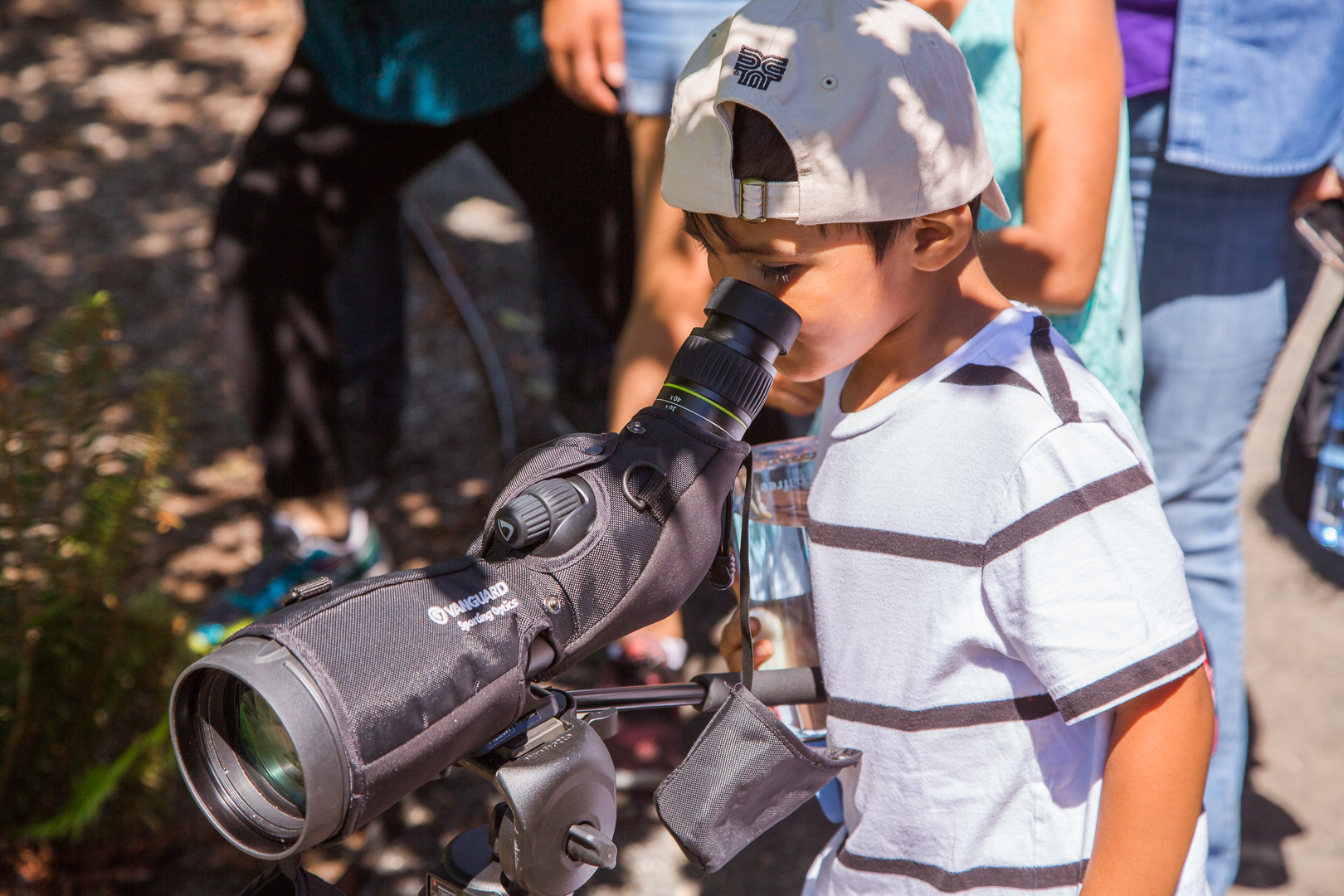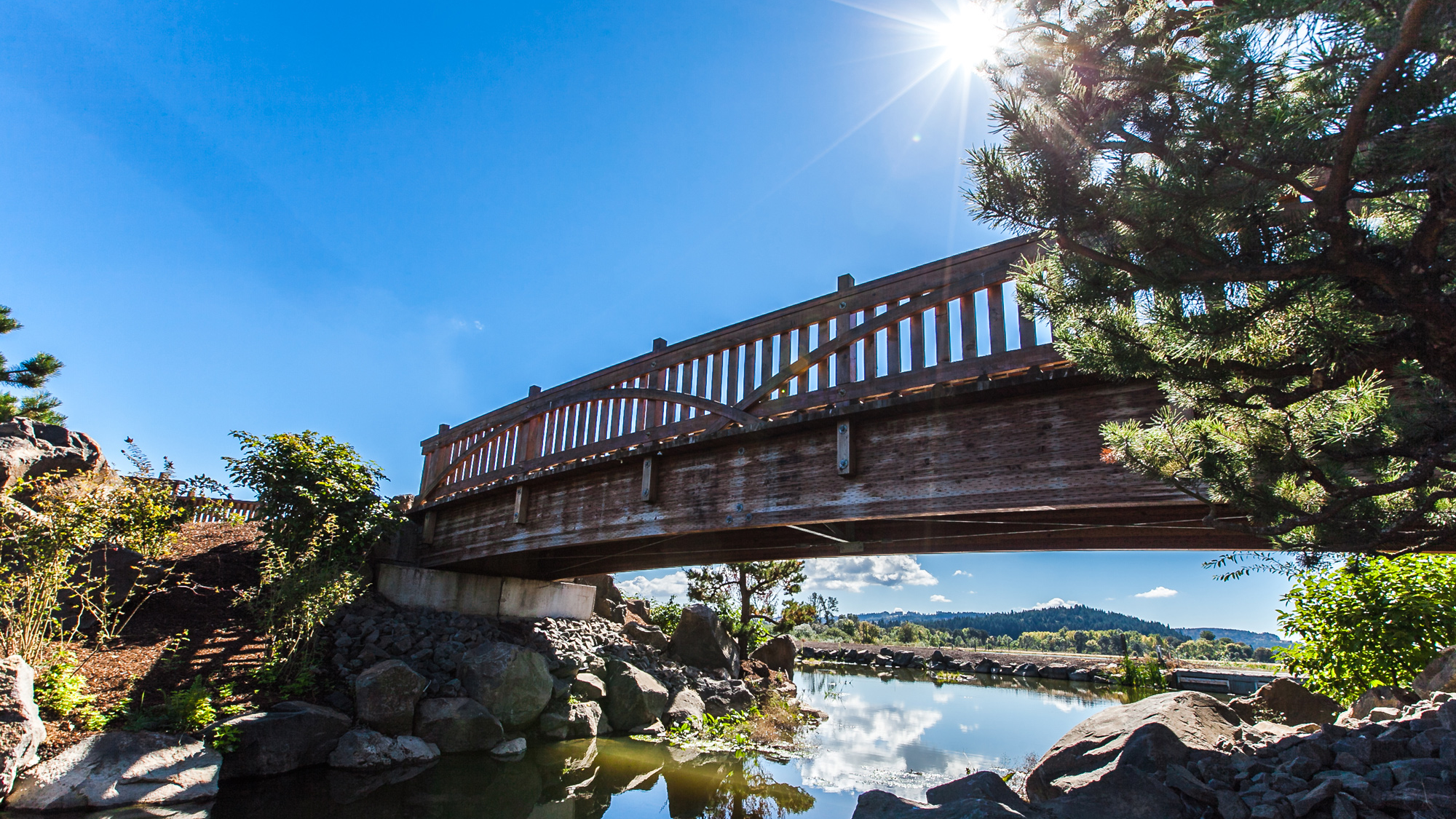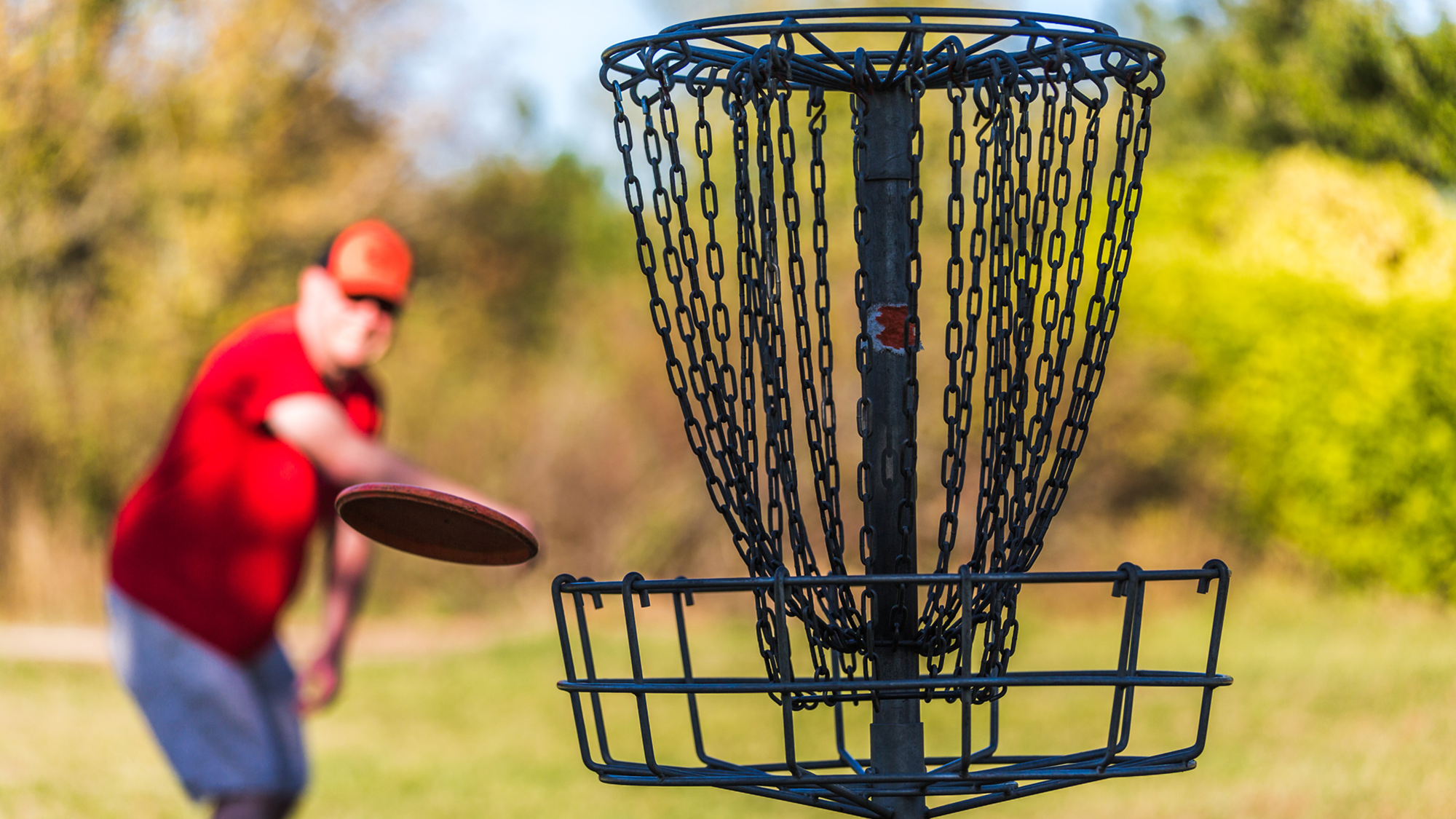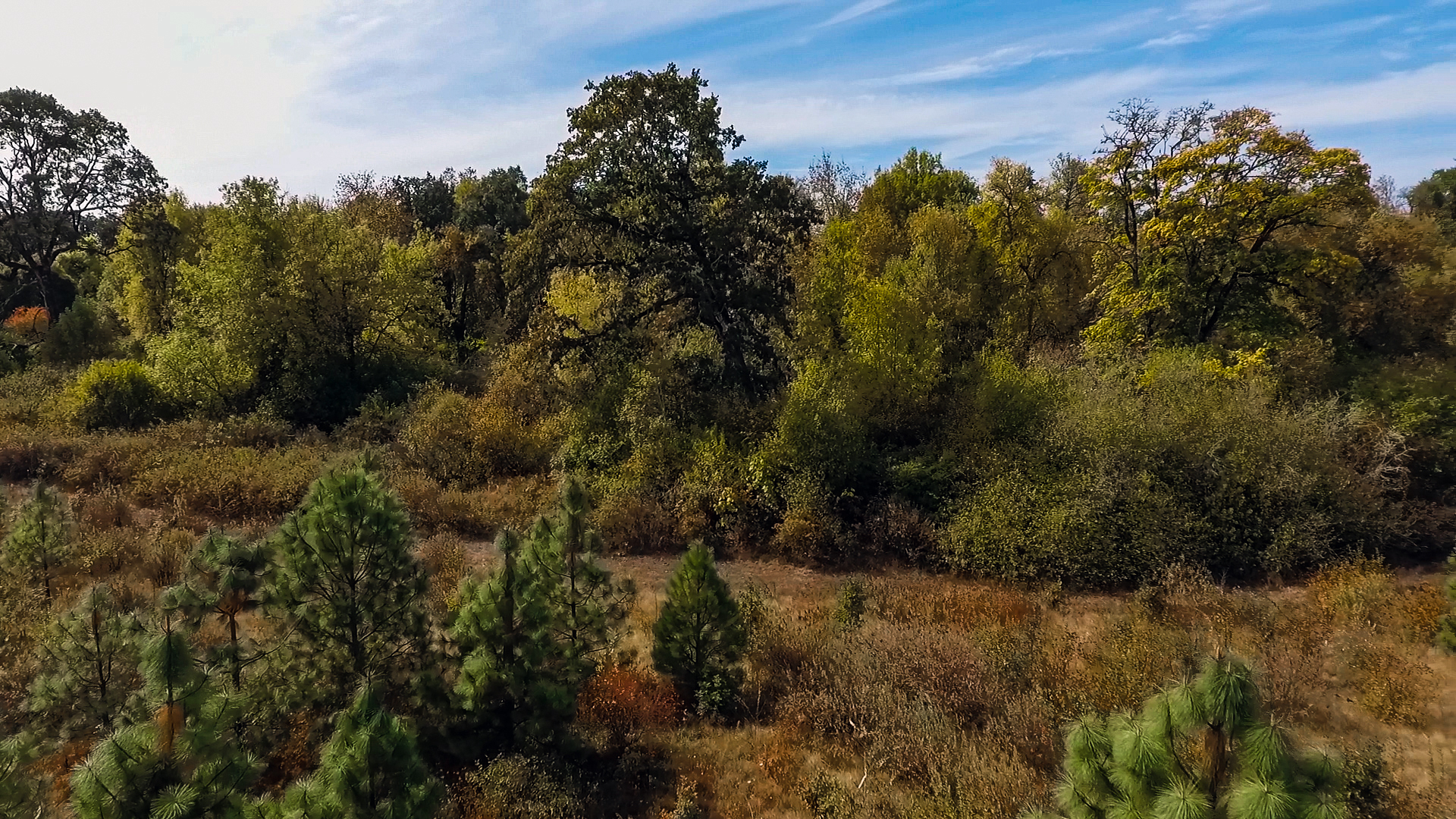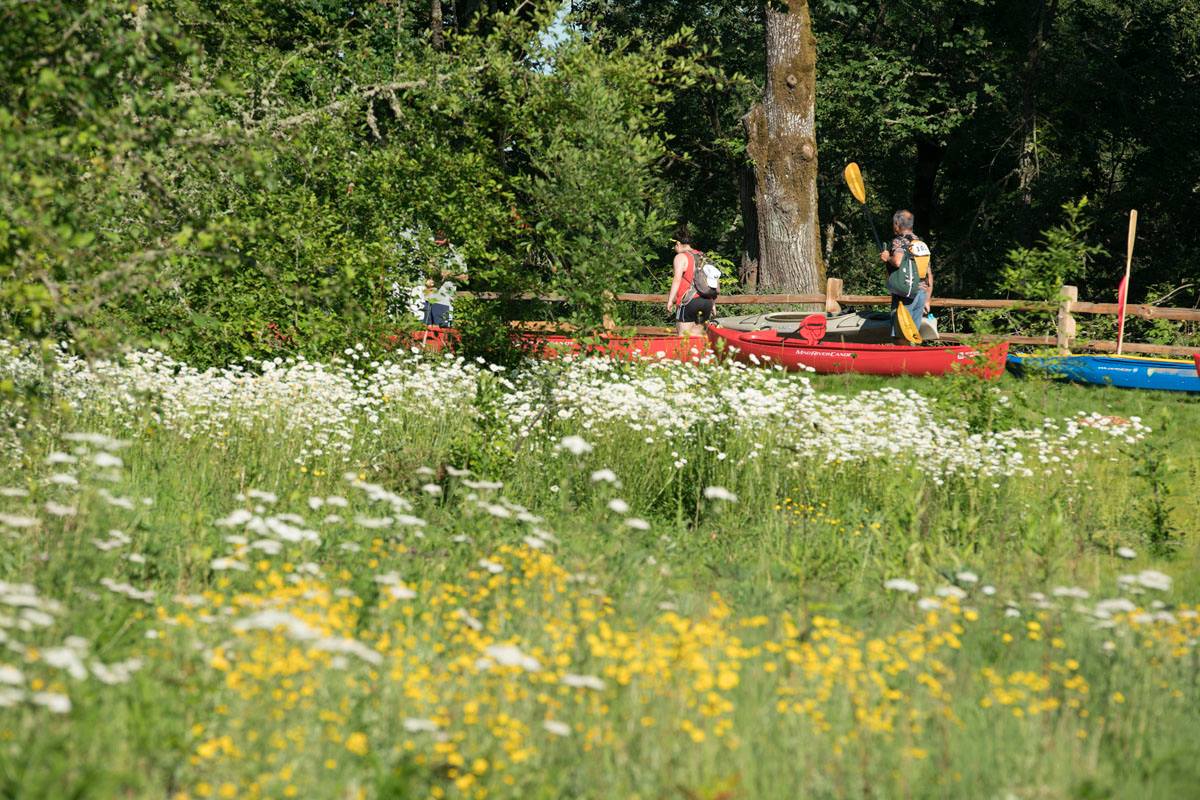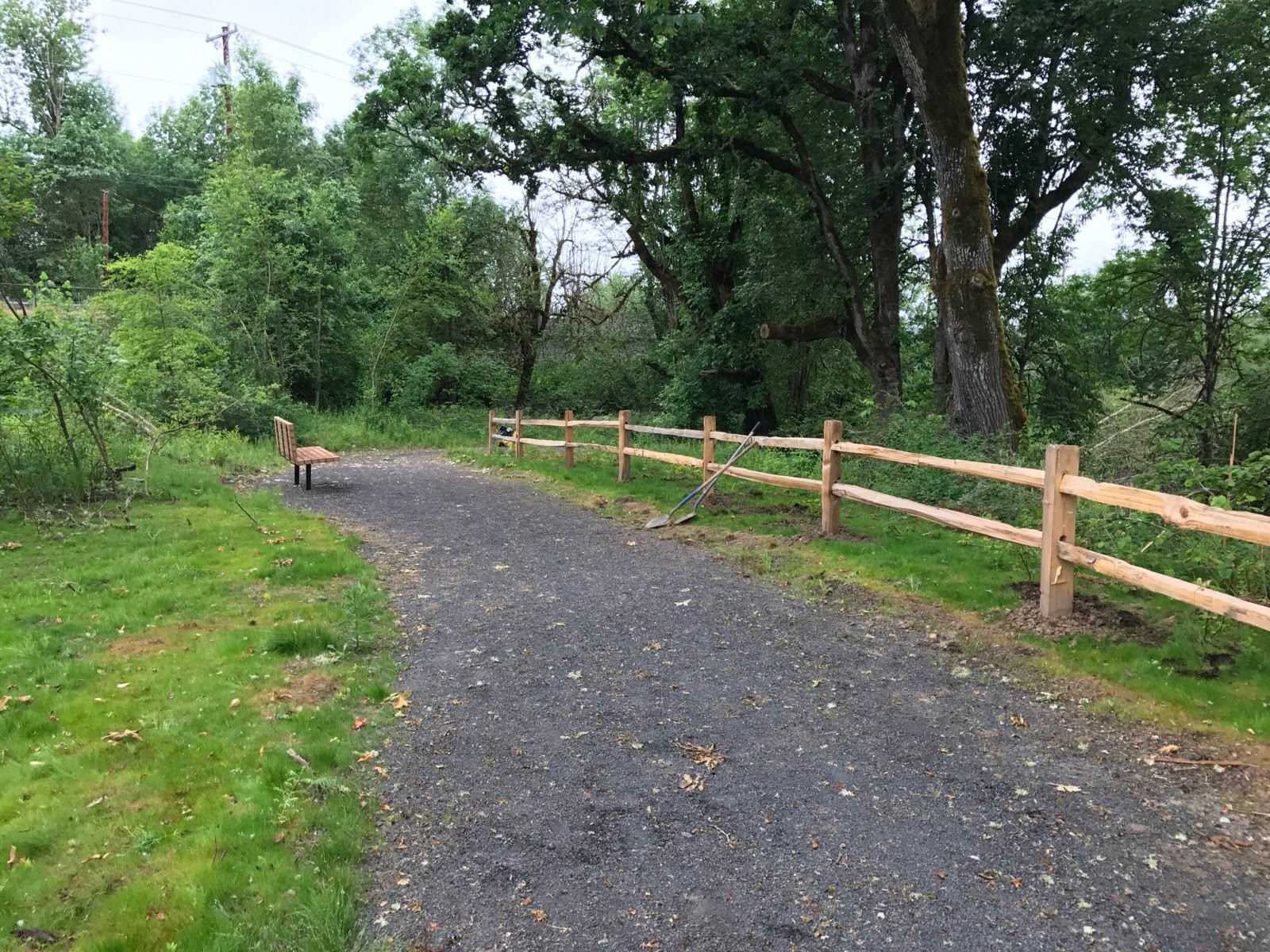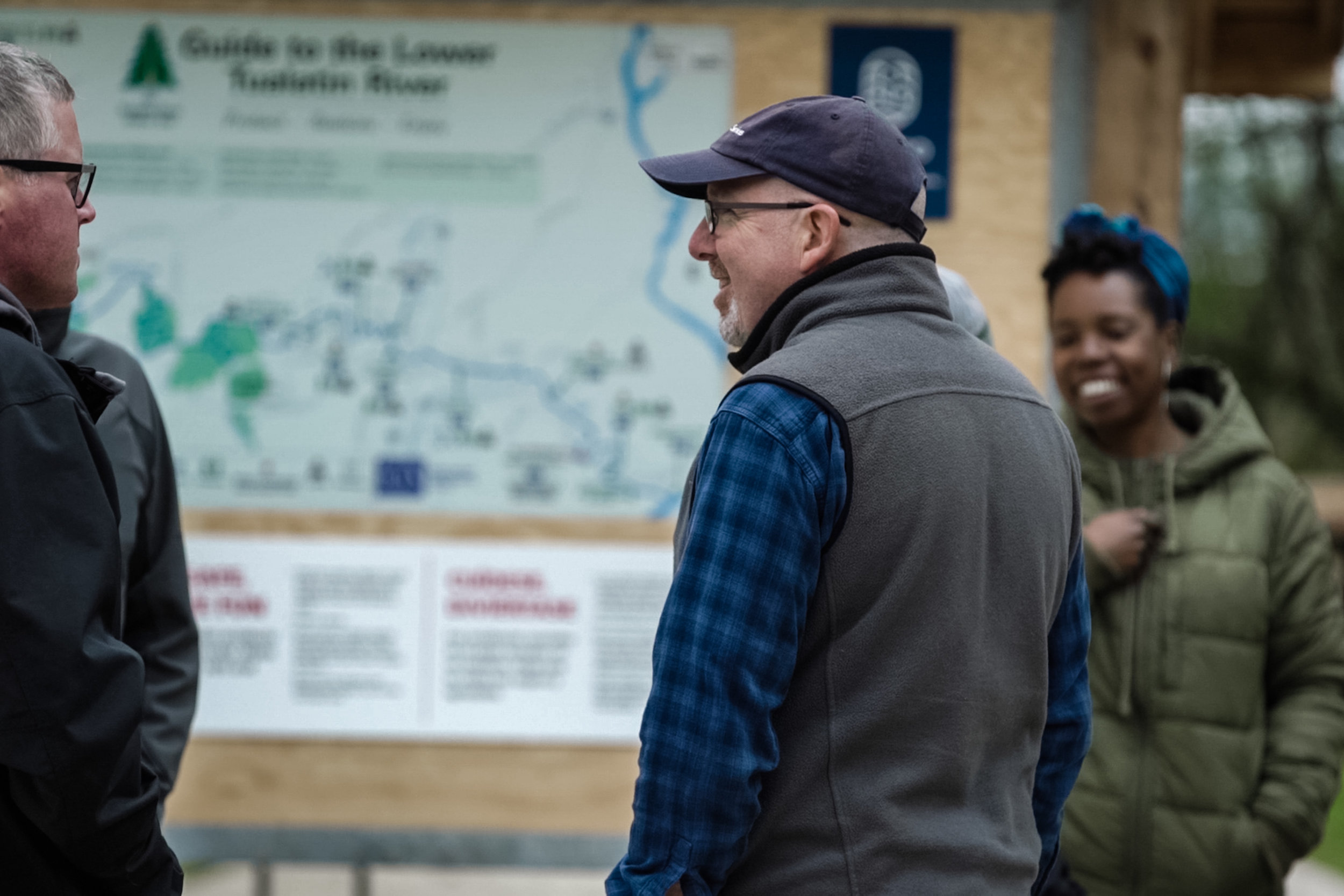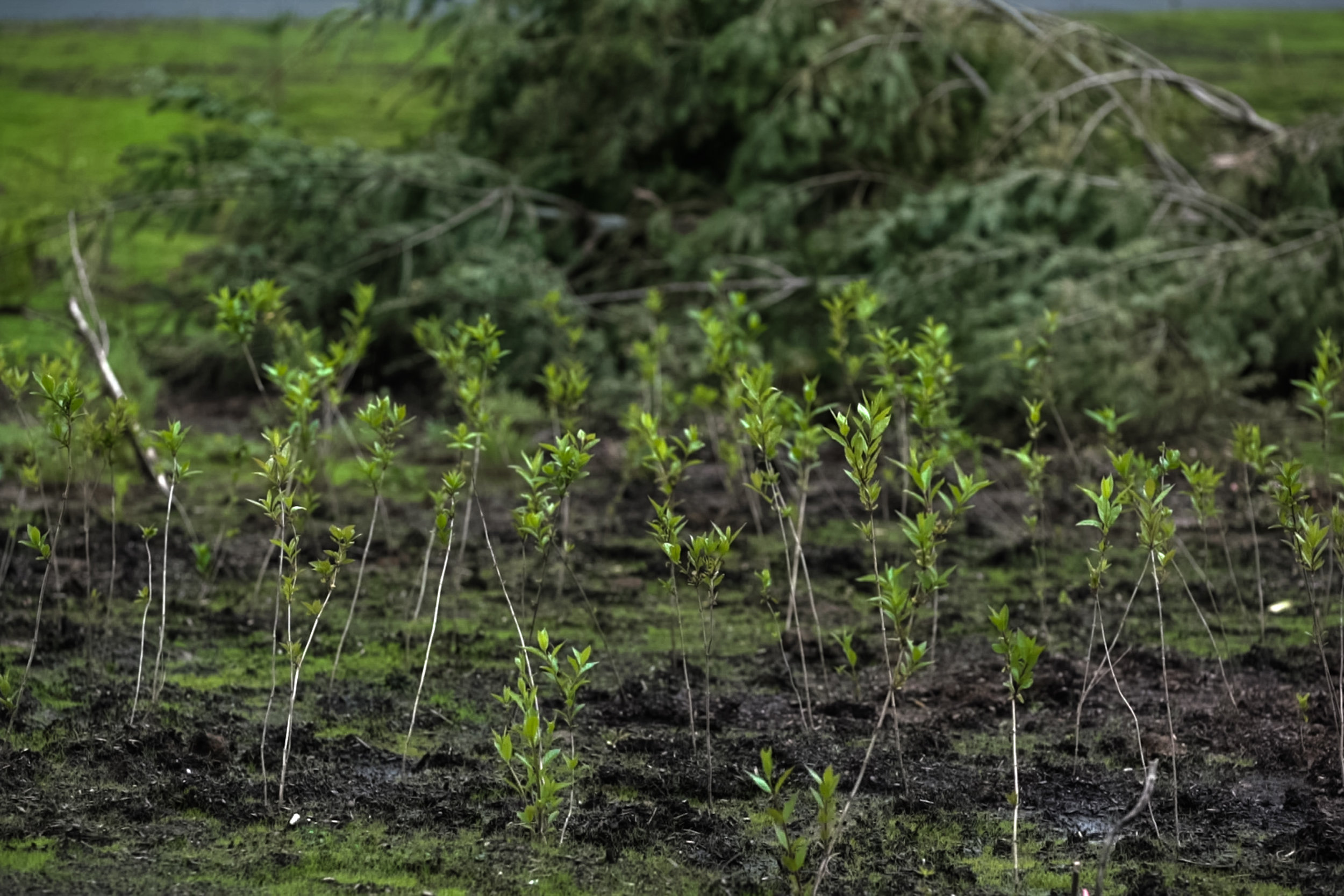Clean Water Services, Portland Audubon and Bienestar Community Development Corporation are Tree for All partners with a history of working together to foster understanding of watershed health through the Bienestar Explorador Summer Camps Program. Over the last decade, the Summer Camps program has provided an opportunity for children and their families to build meaningful relationships with nature while learning about the workings of the natural environment.
Spurred by the success of the Explorador program, the partners developed Paseos Verdes (“Green Walks”), a program that connects underserved community members to natural areas in Washington County through guided walks in the Tualatin River Watershed. Paseos Verdes is based on the simple idea that connecting the community with nature is good for the watershed and good for human health and wellness. The walks engage families to learn about watershed health, water management and wildlife. These experiences promote environmental stewardship while providing the health benefits of connecting with nature and being active in the outdoors.
During the outings at Fernhill, just south of downtown Forest Grove, participants can often be heard exclaiming “I live nearby and I have never been here before!” while planning their next visit together. On one walk, children lined up excitedly to observe great blue herons and bullfrogs through a bird spotting scope while marveling that their bathwater could end up in such a beautiful place. On another occasion, a delighted grandmother spotted wild chamomile growing alongside the trail, and taught the group all about its uses in her native Mexico.
The first year of Paseos Verdes has been a great success, and the response from the Bienestar community has been overwhelmingly positive. Working closely with Bienestar promotoras (community connectors), program participation has exceeded our expectations and families have been eager to sign up again. By providing culturally competent and engaging opportunities for Washington County residents to connect with the Tualatin River Watershed, Paseos Verdes is improving community health while fostering the river stewards of tomorrow. We are looking forward to expanding Paseos Verdes in 2018 and bringing on new partners to broaden the program’s impact on Washington County residents and the Tualatin River Watershed.
Watch a short video of a Watershed Health Walk.


